22 Interesting Malawi Education Facts
Did you know that primary school in Malawi is free since the 1990s? Or that most girls can’t attend school when on their period?
Discover everything through these 22 interesting Malawi education facts! 🇲🇼 🎓
The Best Facts About School in Malawi
Malawi is a small landlocked country. It is located in southwestern Africa, and its old name was Nyasaland. Its capital city is Lilongwe, which has a bit less than a million inhabitants.
An interesting part of the country that I wanted to tackle is its education. In light of that, I have listed my 22 best facts about school in Malawi, and I hope you will love them:
1. Malawi schools are almost always overcrowded
The Malawian government is committed to making sure children get to go to primary school, and even though it is getting better and better, a major problem remains: there are huge teacher shortages.
In fact, class sizes average out at 100 students in some places!
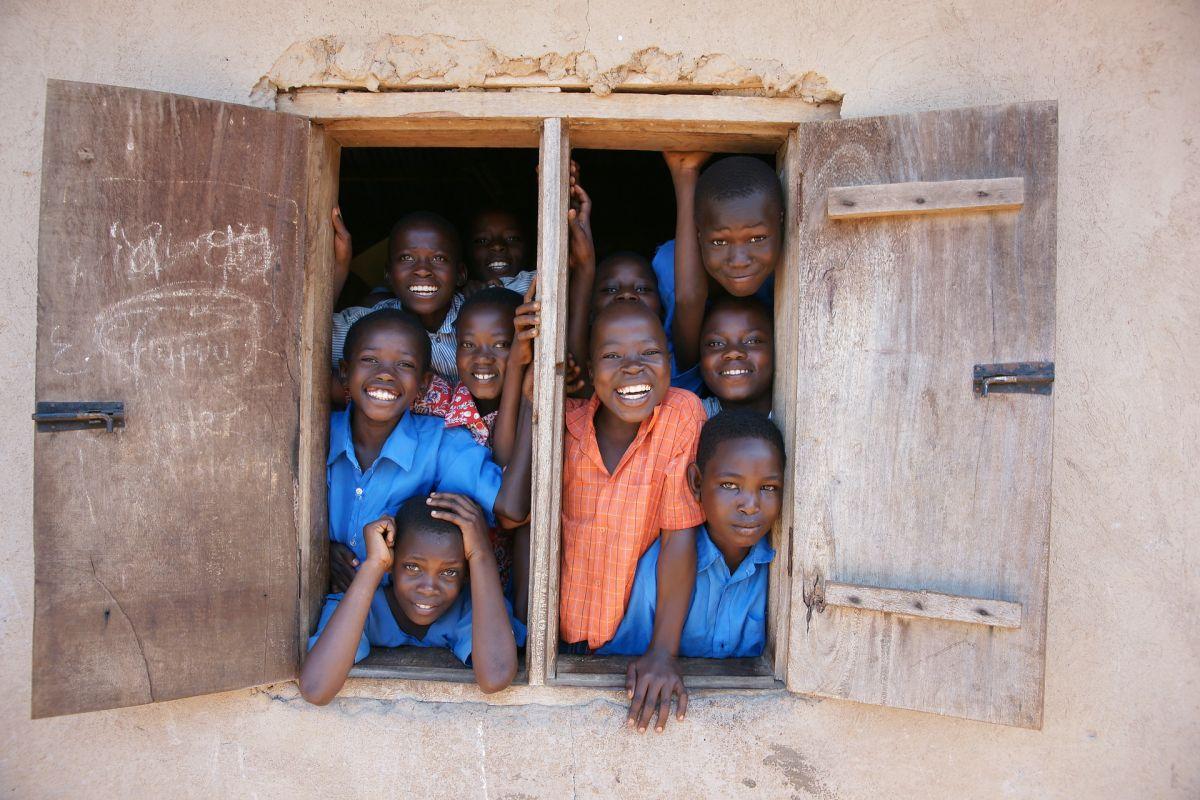
2. Not every Malawian student gets to study in a classroom
A few years ago, when not many Malawian children attended primary school, students would most of the time study in a classroom.
However, because of current space restrictions, the older kids have no choice but to learn outside. And there, it is usually sweltering heat or pouring rain.
3. Many Malawian children help their families before going to school
In many cases, Malawian children are up very early, at around 5 AM. Right after they get up, they clean the dishes and mop the floor. On a good day, they can also enjoy breakfast with their family (usually corn porridge).
This means they are tired before even starting to learn!
4. Malawian children usually need to walk a long distance every day to school
Some Malawian children walk up to 13 kilometers / 8 miles, every day, to get to school. Because of this, they need to wake up very, very early sometimes.
If they are also helping their family with household chores before going to school, can you imagine their struggle?
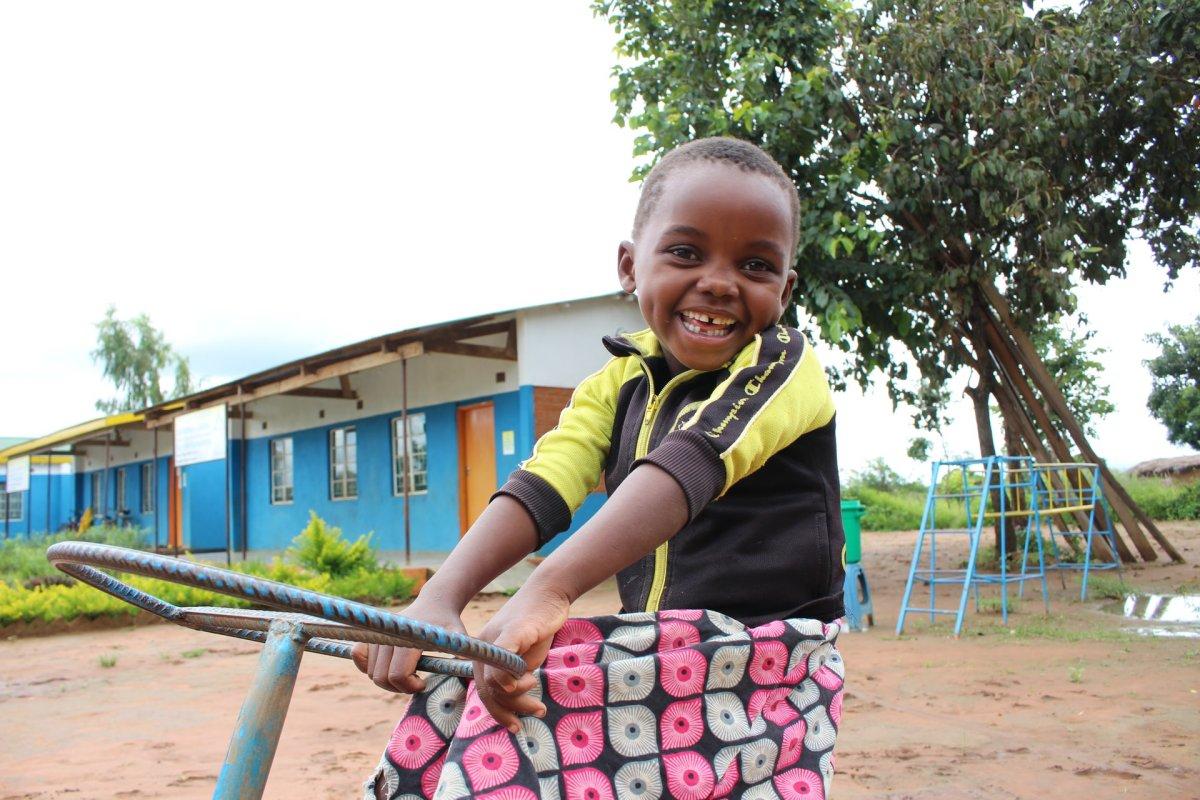
5. Malawian schools face materials shortages
Not only are teachers not numerous enough, but the Malawi education system also faces the issue of school materials shortages.
For example, when children need to read texts, there are usually 4 copies… around which 100 students need to huddle around. The ones that are further away cannot even glean a single word.
6. After 4 years of primary education, courses are in English
Most Malawian children speak a local, traditional language. This is why, in order to facilitate their education, the first 4 years of primary education are in the language they use at home.
However, starting in fifth grade, education is in English, and this is a struggle for most students.
7. Malawian facilities are very limited
The luckiest Malawian students can go to school on a campus with many of their friends, where facilities are centralized.
This is far from enough though: even getting a single glass of water can be challenging, as children need to travel back to the community centers.
8. Teenage girls simply cannot attend school during their menstrual period in Malawi
When children leave to get a bit of water, the travel time is usually so long that they will miss out on at least one class.
But when it comes to girls, it is far more problematic: because of a lack of facilities, they just cannot attend school during their menstrual period.
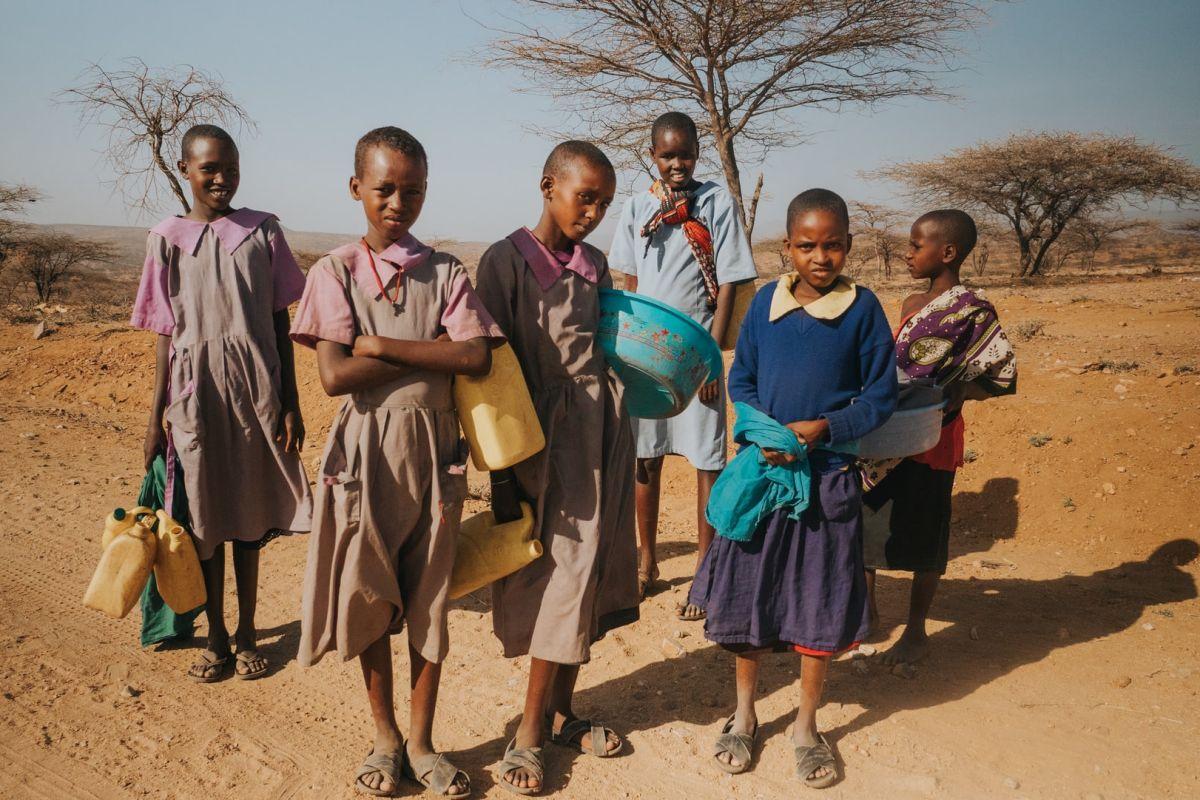
9. Not many Malawian children complete primary education
At the end of primary education, students need to take on the “Primary school leaving certificate exam” for entrance into secondary school.
Unfortunately though, not that many of them succeed, and it is even worse for girls: on average, 17 out of 50 girls are accepted in a class of 100 pupils.
10. Some Malawian students repeat years, but others get married early
Because many Malawian students do not complete primary school, they usually have two options: either repeat the year… or get married prematurely.
This means that both of these groups will be radically different, very quickly: the first one will be in school while the other needs to take care of 1 to 2 children by age 20.
11. A lot of health problems affect the Malawian education system
You have already understood it by now: Malawi faces lots of challenges when it comes to its education.
But there is even more than that, as the country still faces health problems, like HIV (10 percent among adults!) as well as very high levels of child and infant mortality.
12. Primary education in Malawi is free… but not really
Ever since 1994, primary education has been free for everyone in Malawi.
However, it is not really free, since all school materials are not included, which are huge expenses for most extremely poor families. Also, desks, classrooms, and bathrooms are not part of the equation.
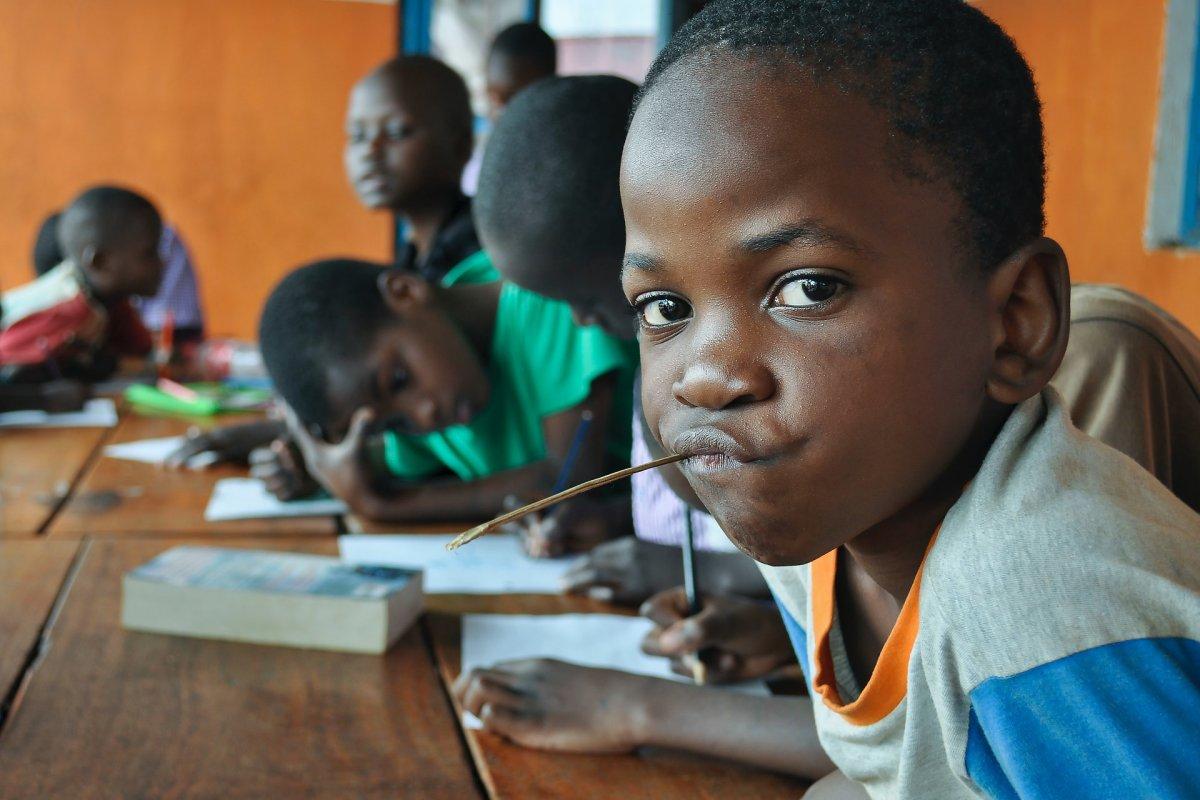
13. The Malawian government is making tons of effort for its education
As long as the Malawian government keeps on being committed to the development of its education system, the country is not doomed.
Despite all their efforts though, a lot still needs to be done. Problems like inequity, inefficiency, and low levels of learning all need to be solved.
14. When primary education became free, children’s school attendance almost doubled
1994 was a turning year for the country of Malawi: primary education became free for everyone, and this resulted in primary school enrollment being boosted from 1.6 million children to 3 million children.
Nevertheless, as you know, this means that the educational quality has overall decreased.
15. Teacher shortages are very hard to face in Malawi
Rural areas face extremely important teacher shortages in Malawi: in first grade, the teacher to student ratio is 1:130.
They just cannot afford to attract new ones, since they would then need to provide housing. Also, Malawian teachers are generally not very motivated, which is the reason for many of the quality issues in schools.
16. The vast majority of first-grade students in Malawi cannot read
Among southern African countries, Malawi is ranked the weakest when it comes to English reading.
More precisely, 83 percent of first-grade students cannot read a single syllable, and 92 percent of them fail to read a single word! These problems afflicting the foundations of education are obviously very important for the rest of it.
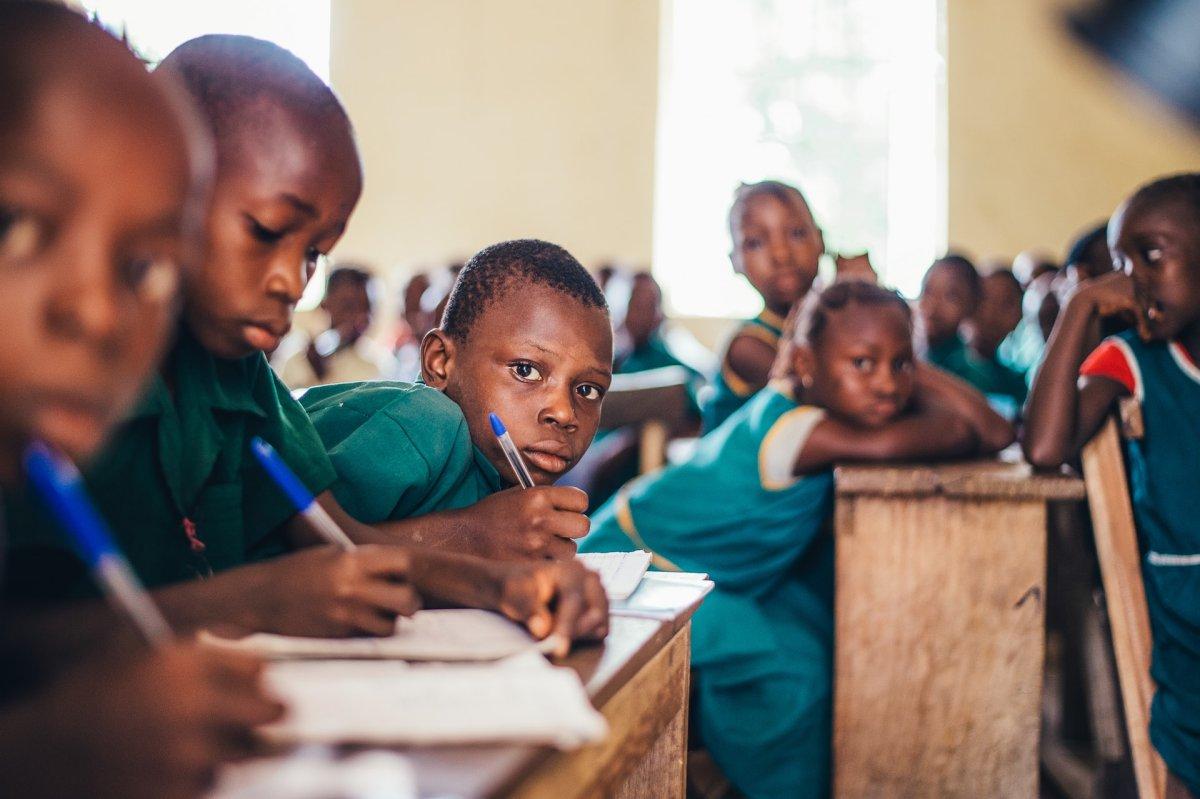
17. Only primary schooling is funded by the Malawian government
With all the troubles that primary education is currently facing in Malawi, it seems hard to believe that the government only funds this level of education.
It encourages local communities to start and build preschools but does not support them financially. This is why many preschools are unregistered.
18. Only 8 percent of Malawian students complete secondary school
Out of all the 4.6 million students enrolled in schools in Malawi… only 8 percent complete secondary school.
On top of all problems already listed, the major contributor to the low completion of secondary education is the lack of transportation links.
19. Adult females in Malawi are far less educated than males
Girls education in Malawi is one of the biggest challenges the country has to face. The gender gap is terribly huge: on average, there is a difference of 10 percent between adult females and their male counterparts.
Initiatives like the “1 Km Action campaign”, organized by the Clara Lionel Foundation, try to reduce this gap and help girls attend secondary school.
20. The United States is trying to help Malawi’s education as much as it can
Other nations are not standing still while Malawi is facing all of these challenges.
For example, American organizations like USAID support the country by collaborating with the Ministry of Education. It provides 9 programs, hoping to improve the educational standards and increase educational opportunities for females.
21. Public education funding used to be made by many donors, but it was stolen
Up until recently, around 40 percent of public education expenditure was funded by donors.
This number has drastically dropped in the past few years, however. Why? Because all of this money was not funneled into education, but stolen… by the government.
22. Malawi has one of the highest education expenditures in Africa
In recent years, the government of Malawi has made a statement about how it is determined to solve its education issues as quickly as possible.
For that, it has one of the highest education expenditures in Africa, with 18 percent of the national budget. These funds are not allocated properly, however.
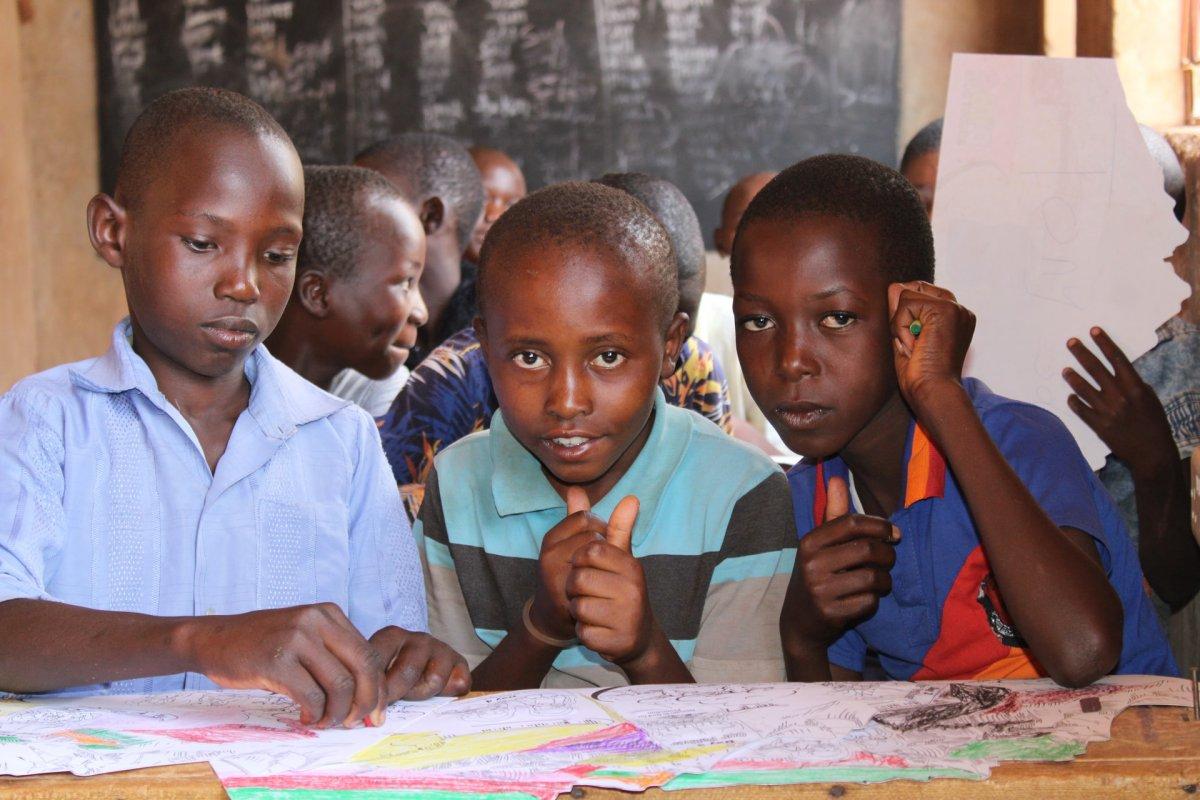
So there you have them, these were all my 22 Malawi education statistics and facts. I hope you enjoyed them and that you learned something new today.
In case you want to learn more about the rest of the country, feel free to keep reading, as I still have lots of things to tell you about:
Malawian School Hours
Let’s keep going with our next part, dedicated to Malawian school hours. The typical school schedule in one country can often be very different from your own, and it’s always interesting to have more details on how students go on about their day.
Malawi Primary School Schedule
The education system in Malawi is divided into three phases: primary, secondary, and tertiary education.
Only the first 8 years, which represent the primary school, are mandatory.
Primary school consists of 8 grades, for children aged 6 to 14. The first 4 years are taught in a local traditional language, before shifting to English after that. There are primary schools around the country, which are either state-controlled or privately operated by religious organizations.
Primary schools are lively places and usually start at around 7:30 AM.
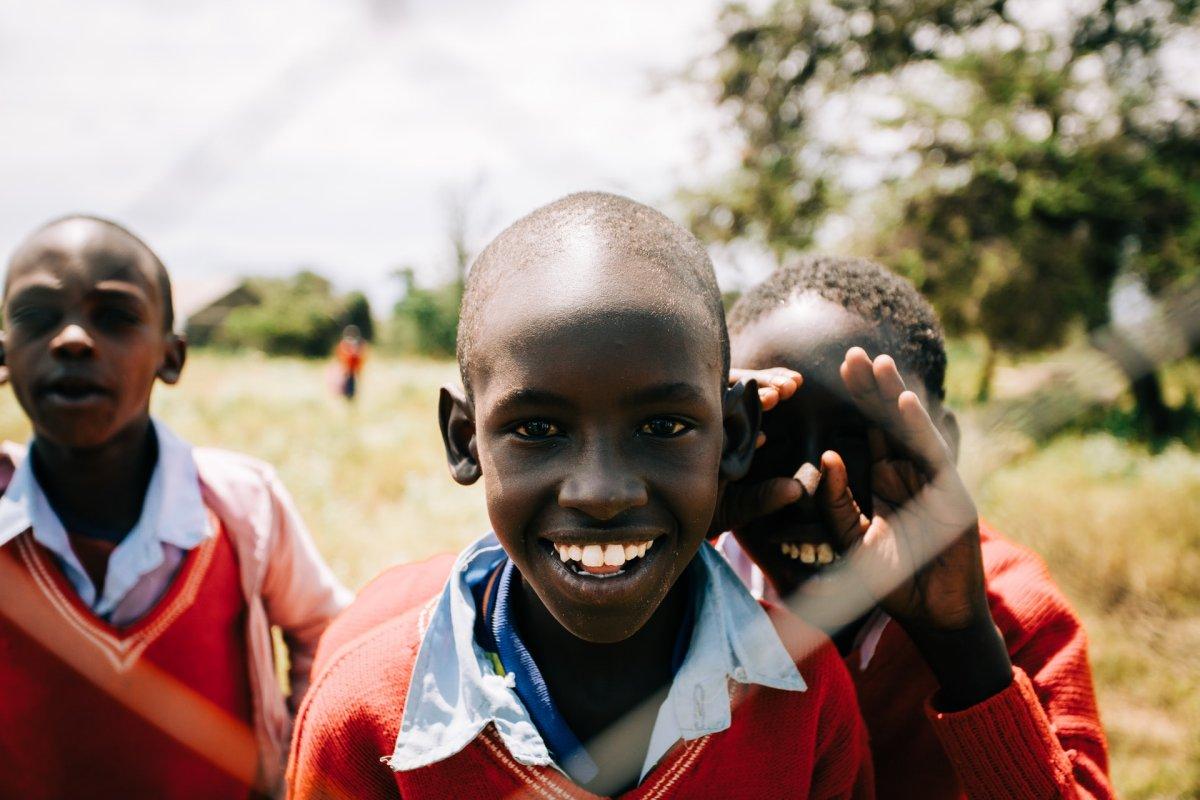
Malawian High School Schedule
When it comes to secondary education in Malawi, it is most of the time boarding schools with discipline and uniforms.
Secondary education lasts for 4 years. After the first two years, Malawian students pass the “junior national certificate” examination. At the end of the other two years, it is time for them to pass the “school certificate of education” examination.
There is also vocational education, ruled by the technical, entrepreneurial, and vocational training authorities.
General Facts About Schooling in Malawi
This last part is dedicated to general facts about schooling in Malawi. More specifically, we’ll check 2 key figures that will give you a better understanding of the education level in Malawi.
Enrollment in tertiary education for Malawi: 0.8%
(Average for regions: Sub-Saharan Africa: 8.6% | South Asia: 20.8% | Arab States: 36.4% | East Asia: 36.5% | Latin America: 43.3% | Europe and Central Asia: 62% | North America: 84%)
Data from World Bank EdStats/UNESCO
Malawi literacy rate: 66%
(Average for regions: Sub-Saharan Africa: 65.3% | South Asia: 72.9% | Arab States: 79.4% | Latin America: 93.7% | East Asia: 95.8% | Europe and Central Asia: 98.5%)
Data from World Bank EdStats/UNESCO
More Education Facts!
Do you want even more education facts about other countries?
Check out these facts:
Or click here to see ALL the education facts up on the blog!
The Full List of 22 Malawian School Facts
- Malawi schools are almost always overcrowded
- Not every Malawian student gets to study in a classroom
- Many Malawian children help their families before going to school
- Malawian children usually need to walk a long distance every day to school
- Malawian schools face materials shortages
- After 4 years of primary education, courses are in English
- Malawian facilities are very limited
- Teenage girls simply cannot attend school during their menstrual period in Malawi
- Not many Malawian children complete primary education
- Some Malawian students repeat years, but others get married early
- A lot of health problems affect the Malawian education system
- Malawi primary education is free… but not really
- The Malawian government is making tons of effort for its education
- When primary education became free, children’s school attendance almost doubled
- Teacher shortages are very hard to face in Malawi
- The vast majority of first-grade students in Malawi cannot read
- Only primary schooling is funded by the Malawian government
- Only 8 percent of Malawian students complete secondary school
- Adult females in Malawi are far less educated than males
- The United States is trying to help Malawi’s education as much as it can
- Public education funding used to be made by many donors, but it was stolen
- Malawi has one of the highest education expenditures in Africa
Share the knowledge! Click on the buttons below to share these education in Malawi statistics and facts with your friends, and help them learn more about the world 🙂

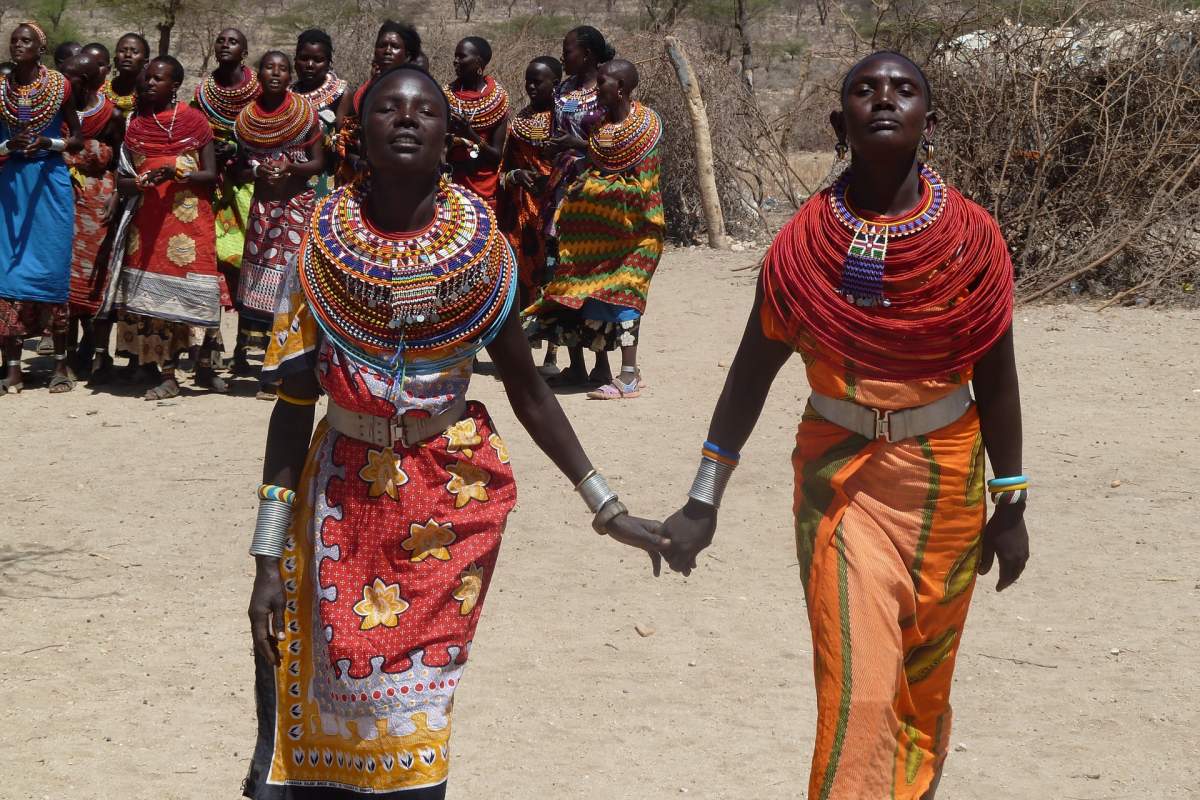
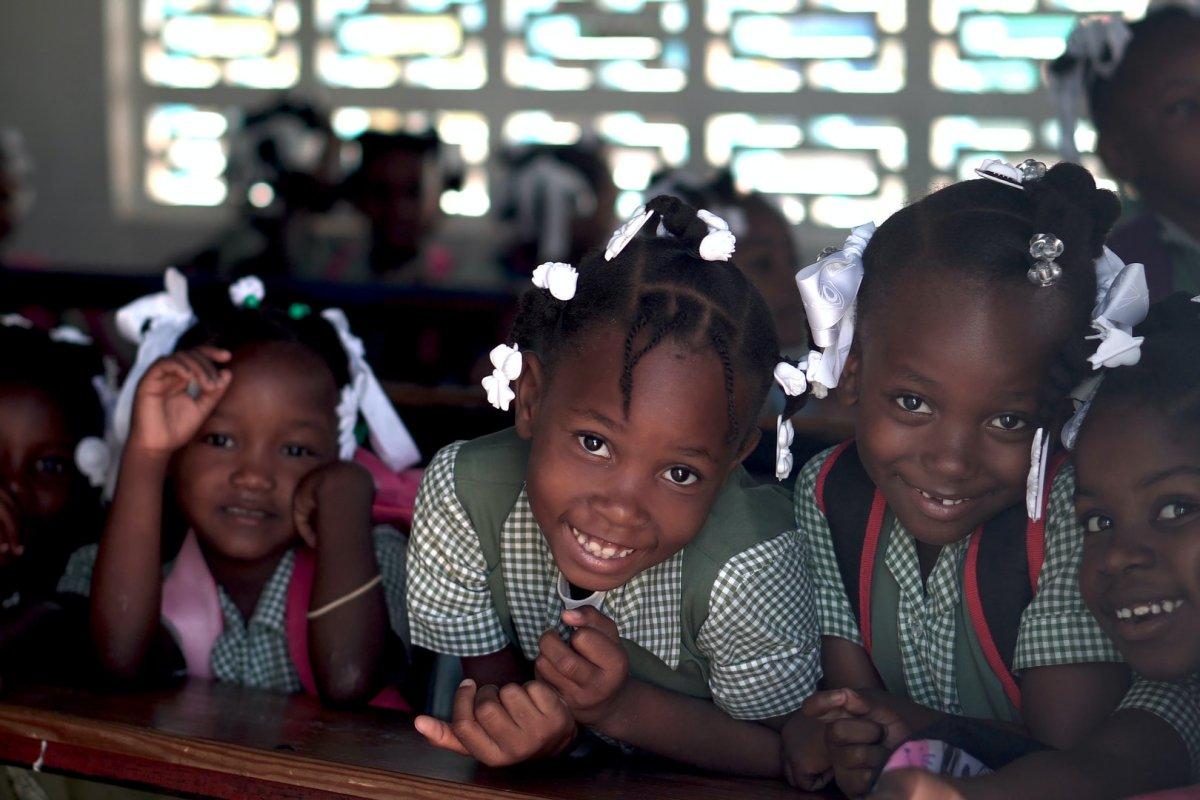
![25 Interesting Vietnam Education Facts [100% true]](https://www.kevmrc.com/wp-content/uploads/2022/05/25-interesting-vietnam-education-facts-1.jpg)